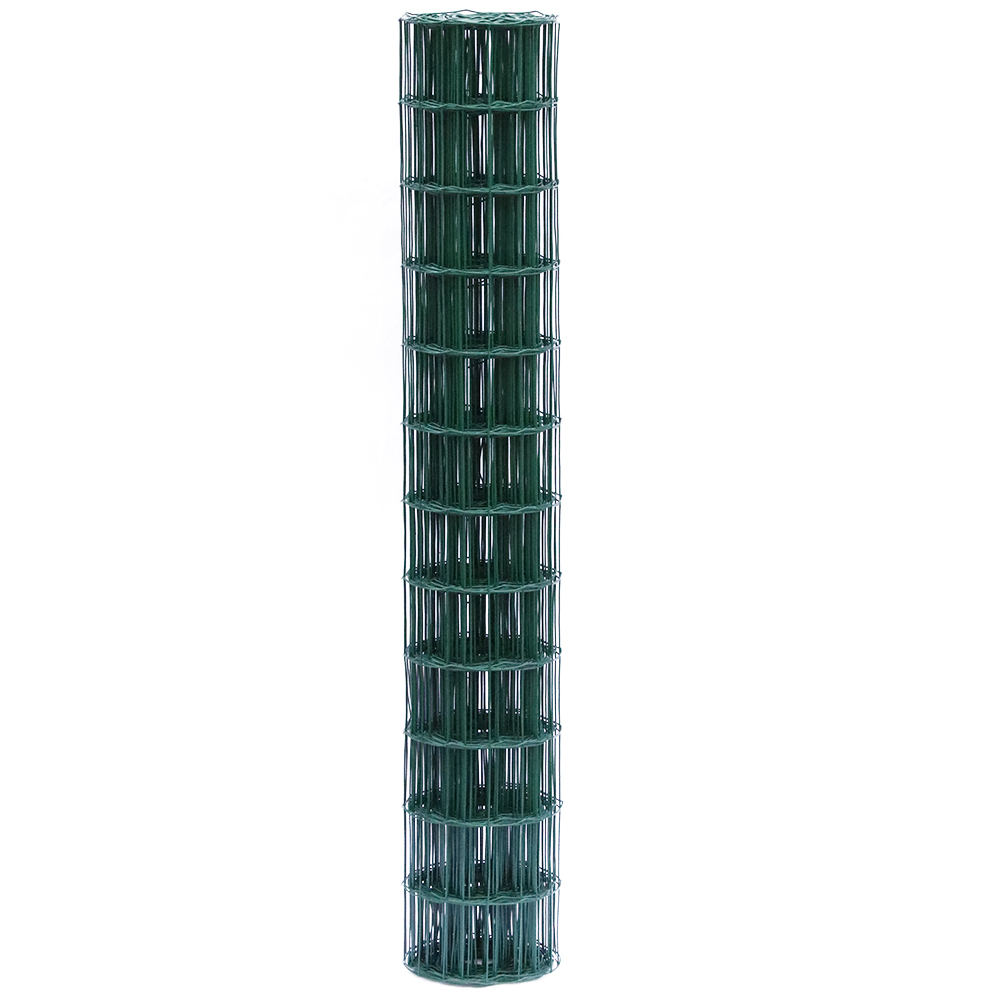Choosing the Right Nails for Your Shed's Felt Roof Installation and Maintenance
Août . 13, 2024 13:46
The Importance of Shed Felt Roof Nails A Comprehensive Guide
When it comes to constructing or maintaining a shed, the roofing system is one of the most crucial elements to consider. Among the various materials and tools required for roofing, shed felt roof nails play a pivotal role. These specialized nails not only help hold the roofing felt in place but also contribute to the longevity and durability of the shed’s roof. In this article, we will explore the significance of shed felt roof nails, their characteristics, and best practices for installation.
What are Shed Felt Roof Nails?
Shed felt roof nails are specifically designed to anchor roofing felt, a product commonly used to waterproof and protect the underlying structure of a roof. Typically, these nails have a large flat head that prevents the felt from tearing or pulling away from the substrate. They are usually made from galvanized steel, which helps to resist rust and corrosion, making them suitable for outdoor use.
The predominant design feature of these nails is their length, which usually ranges from 1 to 1.5 inches. This length ensures that they penetrate adequately into the structural material underneath, providing a secure hold without compromising the integrity of the shed.
Why Use Shed Felt Roof Nails?
1. Durability and Longevity One of the primary advantages of using shed felt roof nails is their durability. The galvanized coating protects the nails from moisture and rust, which is essential for maintaining the integrity of the roofing system over time.
2. Pressure Distribution The flat heads of these nails help distribute pressure evenly across the roofing felt. This prevents localized stress points that could lead to tearing or damage, especially in high-wind conditions.
3. Easy Installation Shed felt roof nails are designed for straightforward installation. They can be hammered in quickly and efficiently, making the roofing process faster and easier for DIY enthusiasts and professional builders alike.
shed felt roof nails

4. Cost-Effectiveness Compared to other roofing solutions, shed felt roof nails are relatively inexpensive. This cost-effectiveness makes them an ideal choice for budget-conscious projects without sacrificing quality.
Best Practices for Installation
When installing shed felt roofing, following best practices ensures optimal performance and durability
1. Planning Before starting, evaluate the shed's roof structure. Ensure it is free of debris, and plan your layout for laying down the felt. This includes deciding on the overlap between sheets of felt, typically at least 4 inches.
2. Using the Right Tools Besides the nails, ensure you have a quality hammer or pneumatic nail gun, a utility knife for cutting felt, and protective gear, including gloves and goggles.
3. Nailing Technique Space the nails about 8 to 12 inches apart along the edges of the felt and every 12 to 24 inches in the field of the felt. Be careful not to drive the nails too deep, as this can damage the felt and reduce its waterproofing abilities.
4. Inspection After installation, inspect the entire roof for any missed spots or loose felt. Ensuring a secure fit enhances the shed's resistance to wind and rain.
Conclusion
In conclusion, shed felt roof nails are more than just a minor component in the roofing process; they are essential for the roof's stability and longevity. By selecting the right type of nails and following best practices for installation, you can ensure a well-protected and long-lasting shed. Investing time in researching and implementing these elements will lead to a resilient structure that can withstand the elements for years to come. Whether embarking on a new shed project or maintaining an existing one, don’t underestimate the importance of quality shed felt roof nails.




















